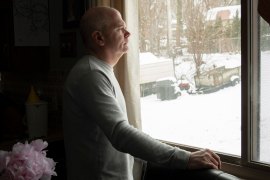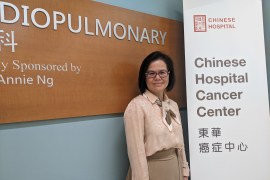Rural African Health Systems Must Improve to Successfully Administer Cheaper AIDS Drugs, New York Times Reports
Today's New York Times profiles Hlabisa, a small "AIDS-ravaged community" in South Africa that illustrates the "obstacles ahead for South Africa" as it attempts to procure and administer AIDS medicines for its infected population. While one in three adults in Hlabisa is HIV-positive, only about 11 of the 40,000 infected can afford antiretroviral treatment. Many "must often choose between buying food, paying school fees and buying medicine." The plight of Hlabisa is similar to that of the entire country, the Times reports, with "geography and class ... increasingly determin[ing] who survives." Although recent price cuts for antiretroviral drugs will expand access to AIDS medicines for a "small but growing number of insured working people," the "masses" in the country, especially those living in rural areas, will still not be able to afford the drugs. To purchase the "cheapest" patented drug combinations, the South African government would have to spend more than its entire budget for medicines, which is about $250 million. In addition, health workers are "so overwhelmed" that they cannot even closely monitor patients following six-month tuberculosis treatment regimens, let alone the "complicated" treatment programs for HIV patients, the Times reports. Dr. Sean Drysdale, former head of Hlabisa Hospital, said, "The problems are vastly greater for AIDS patients than for TB and we can't even manage TB." Faced with a lack of resources and providers, South Africa will likely have to prioritize where to focus drug therapy programs. Shaun Conway, executive director of the International Association of AIDS Physicians of Southern Africa, said that if lower prices are made "more widely available" to workers with health insurance, the number of South Africans with access to antiretroviral therapy could "surge" from 10,000 to 100,000 by next year. Dr. Eric Goemaere of Doctors Without Borders said that treatment campaigns should first target people living in urban areas. The Times concludes, "People who have jobs or live near academic hospitals will have the best chance at getting the lifesaving medicines routinely prescribed in the developing world. Meanwhile, the poor in rural Hlabisa will make do with traditional healers and prayer" (Swarns, New York Times, 3/29).
This is part of the Morning Briefing, a summary of health policy coverage from major news organizations. Sign up for an email subscription.





